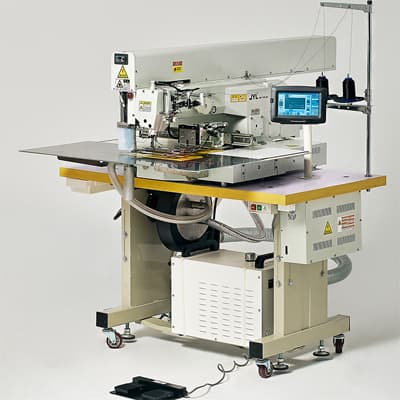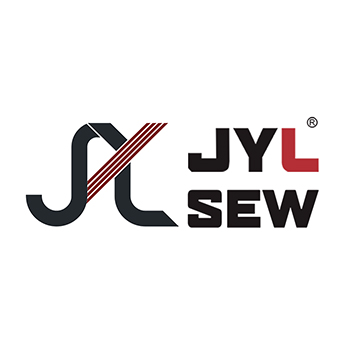The Pocket Cutting and Welting Machine is a specialized industrial sewing equipment designed for precise pocket creation and welting applications in garment manufacturing. This automated machine combines cutting and stitching functions to produce consistent, high-quality pocket welts with minimal operator intervention.

2. Technical Features with Professional Data
The modern Pocket Cutting and Welting Machine incorporates advanced technologies to deliver superior performance:
| Feature | Technical Specification |
|---|
| Cutting Mechanism | Precision laser cutting with ±0.1mm accuracy, 500W CO₂ laser source |
| Stitching Speed | Variable speed up to 3,500 stitches per minute (SPM) |
| Material Handling | Automatic fabric feeding with 0.5-5mm thickness capacity |
| Pocket Size Range | Adjustable from 50mm × 50mm to 200mm × 200mm |
| Stitch Types | Programmable for 15+ stitch patterns including lockstitch (301) and chainstitch (401) |
| Control System | CNC-based with 10.4" touchscreen interface, 32-bit processor |
| Power Requirements | 380V/50Hz three-phase, 5.5kW power consumption |
| Noise Level | ≤75dB at 1m distance during operation |
3. Key Applications in Garment Manufacturing
The Pocket Cutting and Welting Machine serves multiple critical functions in textile production:
3.1 Formal Wear Production
3.2 Denim Manufacturing
3.3 Uniform Production
3.4 Luxury Leather Goods
4. Maintenance Procedures for Optimal Performance
Proper maintenance ensures longevity and consistent output quality:
4.1 Daily Maintenance
Cleaning: Remove lint and thread remnants using compressed air (2-3 bar pressure)
Lubrication: Apply Sewing Machine oil (ISO VG 10) to 15 designated points
Inspection: Check needle condition (replace after 8 hours of continuous use)
4.2 Weekly Maintenance
Laser Alignment: Verify cutting path accuracy with calibration template
Thread Tension: Adjust upper/lower thread tension to 180-220g force
Feed Dog: Clean and adjust height to 0.8mm above needle plate
4.3 Monthly Maintenance
Belt Tension: Adjust to 5-7mm deflection at midpoint
Motor Brushes: Replace when worn to 5mm remaining length
Software Update: Install latest firmware for performance optimization
4.4 Annual Maintenance
Laser Tube Replacement: After 8,000 operational hours
Bearing Replacement: For main shaft and feed mechanisms
Full Calibration: By certified technician with laser alignment tools
Note: Always refer to the manufacturer's maintenance manual for model-specific procedures and intervals.
5. Operational Best Practices
To maximize efficiency and minimize downtime:
Conduct test runs with scrap material after maintenance
Maintain ambient temperature between 15-30°C
Use only recommended needles (DBx1 #14-18 for woven fabrics)
Keep humidity below 70% to prevent condensation in electronic components




